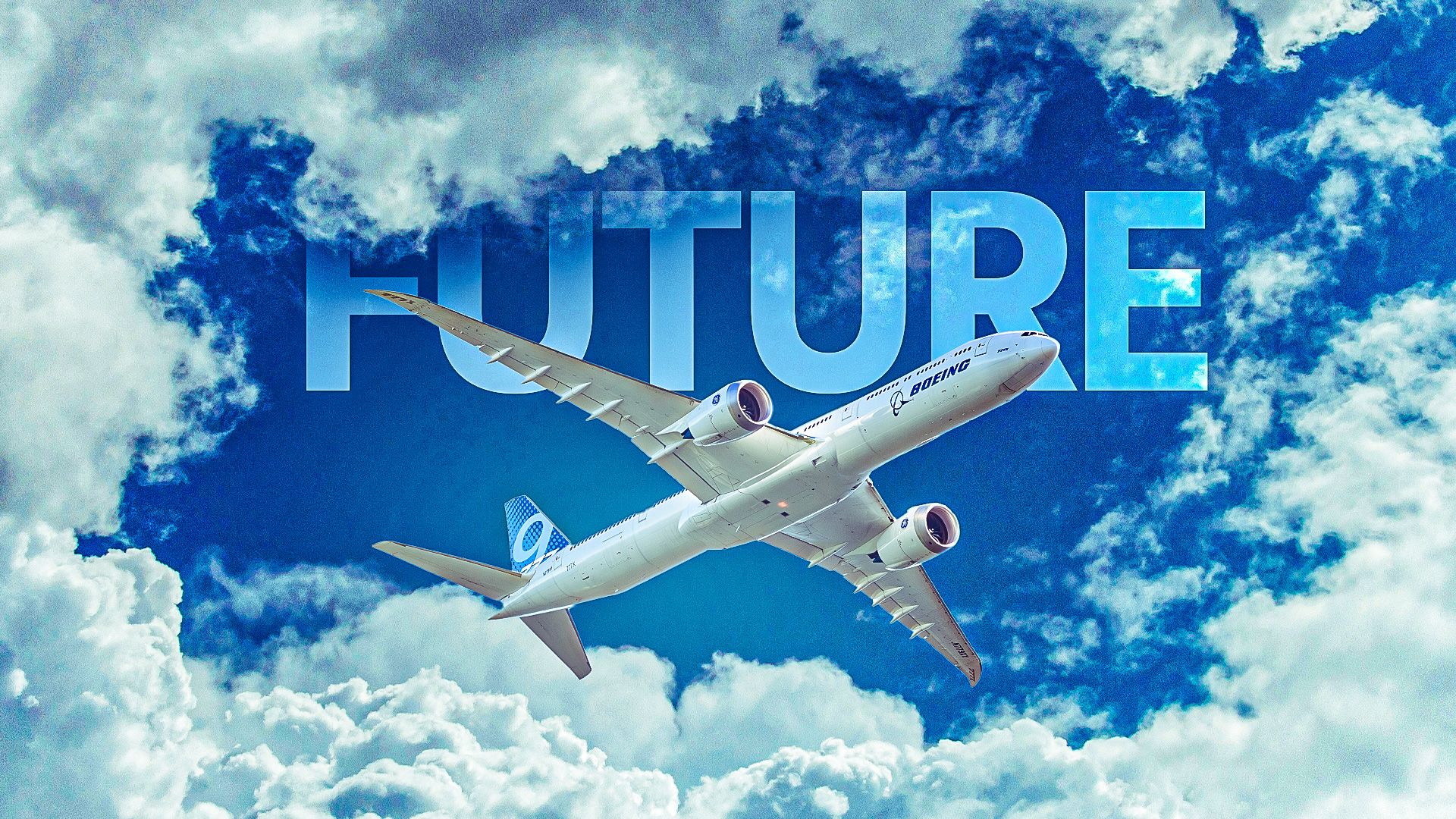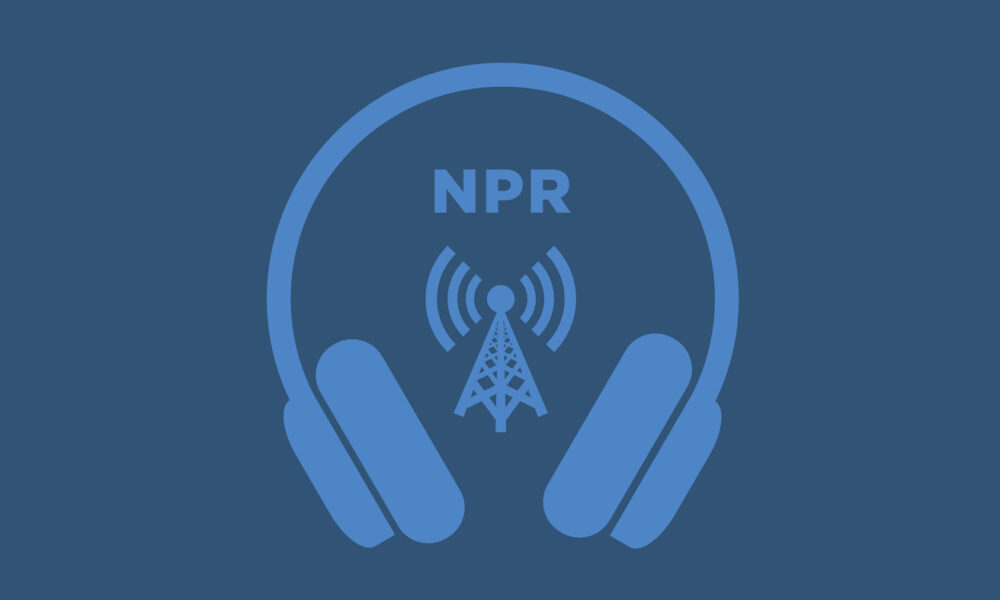The future of the Boeing 777-300ER is shifting as production of the aircraft comes to a close, making way for the Boeing 777X family. With only one passenger delivery scheduled for 2024, the Boeing 777-300ER’s role will gradually transition into secondary functions, while the 777X is prepared to take over as the premier long-haul aircraft. This change marks a significant point in Boeing’s history as it prepares to phase out its legacy models in favor of more advanced technology.
The Boeing 777-300ER has been a staple in long-haul aviation since its entry into service in 2004 with Air France. It features a stretched fuselage, a maximum takeoff weight of approximately 350 tonnes, and a range of about 7,300 nautical miles. As airlines increasingly focus on fuel efficiency and sustainability, the introduction of the Boeing 777X represents a notable evolution in performance and environmental responsibility.
Transition to the Boeing 777X Family
The Boeing 777X family, which includes the 777-8 and 777-9 variants, is designed to enhance operational economics and reduce environmental impact. The aircraft will utilize GE9X engines, known for their efficiency and lower carbon emissions. Key improvements include a high-aspect-ratio composite wing with folding wingtips, allowing the aircraft to operate from the same gates as its predecessor, the 777-300ER.
The 777-8 is poised to directly replace the 777-300ER, maintaining similar passenger capacity while offering better fuel efficiency and lower noise levels. It is expected to excel on high-demand routes, particularly where airlines seek to balance passenger comfort and operational costs. The Boeing 777-9 variant aims to compete with larger four-engine aircraft, providing operators with a larger capacity option.
Despite the delays in the 777X service entry, both Boeing and its airline customers anticipate the first 777-9 services to commence in 2026. Demand for these aircraft remains robust, with major operators expressing interest due to the superior performance and operational benefits they provide.
Airline Adoption and Market Dynamics
As of now, Emirates and Etihad Airways are the only two airlines that have publicly confirmed plans to purchase the Boeing 777-8. These airlines aim to utilize the new aircraft to replace the aging 777-300ER, particularly for premium transatlantic routes. Emirates has shown keen interest in both the 777-8 and 777-9, while Etihad plans to incorporate the 777-8 alongside Airbus A350-1000 models.
In contrast, Qatar Airways has opted to focus on the larger 777-9 and the freighter variant, the 777-8F, indicating a strategic shift in fleet composition. The slow development timeline of the 777X has also led many carriers to consider alternatives, such as the Airbus A350-1000, as a replacement for the 777-300ER.
As the 777-300ER gradually exits service, many of its models are expected to operate well into the 2030s. Airlines will likely redeploy these aircraft for secondary long-haul routes and high-density leisure services as newer models take on primary trunk routes. Some aircraft may undergo cabin refreshes to extend their lifespan in the market, while others will transition to charter operators or second-tier airlines.
The aftermarket for the Boeing 777-300ER is promising, with a strong demand for spare parts, including GE90 engines and landing gear. As the aircraft becomes less prevalent in mainline fleets, its components will remain valuable for maintaining operational efficiency and reliability.
In conclusion, the Boeing 777-300ER has served as a cornerstone of long-haul travel for nearly two decades. As it makes way for the more advanced Boeing 777X family, the transition reflects the aviation industry’s ongoing efforts to embrace sustainability and operational efficiency. The introduction of the 777-8 and 777-9 will reshape the market, providing airlines with new opportunities to meet passenger demand while addressing environmental concerns.







